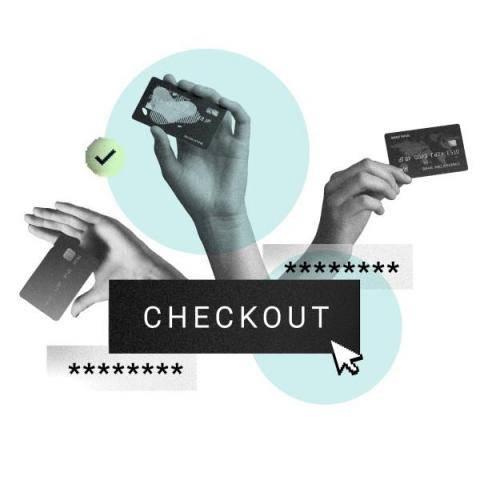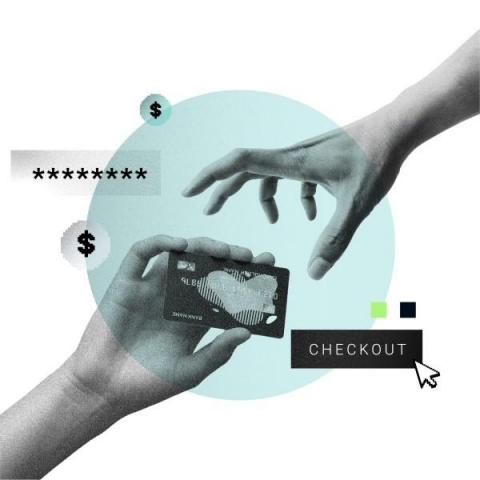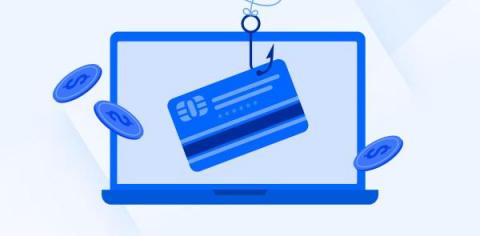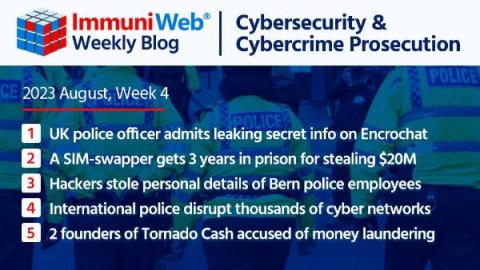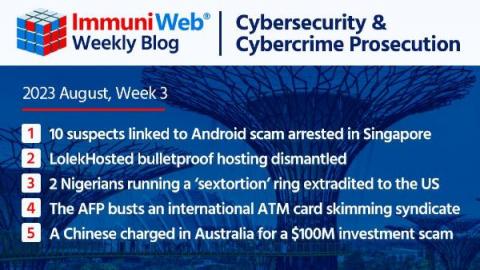Russian Carding Landscape: Inside Russian Carding Fraud Part 2
In part one of this four-part series on card cracking fraud, we covered the basics of what carding is, how carders use bots to power their attacks, and defined the most important terms and phrases within the carding vocabulary in our Carder’s Dictionary. Click here if you missed it or need a recap. In part two, we’ll be talking more specifically about the carding landscape in Russia and on Russian-speaking forums and online communities.


